A little known fact about the Boeing 767 is that Ansett Airlines operated the aircraft with a three crew cockpit. They are the only airline in the world to have operated with a Flight Engineer station on the flight deck.
Conventional wisdom is that the Boeing 767 was designed for two crew operations and that the Australian airline’s unions demanded the Flight Engineer. The story is a little more complex than that.
A Boeing 767 Story
When the Boeing 767 was being designed in the 1970s, short-haul aircraft such as the Boeing 737, Douglas DC-9 and BAC One-Eleven featured two crew members. Widebody aircraft such as the Boeing 747, Lockheed L-1011 TriStar and Douglas DC-10 all continued to have three pilots up front.
At the time, the Boeing 757 and Boeing 767 were being designed together. Being a narrowbody, the Boeing 757 had a two crew cockpit and the widebody 767 ended up with three for various reasons, despite Boeing wanting it to be two.
According to “Boeing 767: From Concept to Production” by David A. Garvin, Lee C. Field, Janet Simpson in the Harvard Business Review, Dean Thornton, the Boeing 767 Vice-President and General Manager, decided that the first 30 would be completed with the original cockpits and then modified to the new two crew design prior to delivery. All the airlines (United, Delta, American, TWA, Air Canada, and China Airlines) accepted this bar one.
Ansett Retain The Flight Engineer
Sir Peter Abels was in charge of Ansett during the 1980s and made a deal to retain the Flight Engineer position. No doubt this pleased those in that profession very much and placated the union responsible at the same time.
How About A Video?
There is a video below which was filmed on 14 June 1987. This shows Ansett Airlines flight 22 from Melbourne to Sydney. It is the entire flight in the cockpit of a Boeing 767 at the time.
Around about 7 minutes and 20 seconds in, you get a decent enough look at the Flight Engineer’s panel. A little piece of history there, and great to see things in action.
Overall Thoughts
Aviation is full of interesting things and this is certainly one worth knowing. Just imagine the extra costs incurred by Ansett over the 15 years operating with three crew rather than two. Perhaps it is not too surprising the airline went bankrupt in 2001.
For those wanting more detail, there is an excellent article called “First-Hand: Evolution of the 2-Person Crew Jet Transport Flight Deck” which gives a more detailed overview of the Boeing 767 switch from three to two pilots that is worth reading.
Did you know Ansett had three pilots on their Boeing 767 fleet? Perhaps you knew the first 30 aircraft originally had a Flight Engineer station? Thank you for reading and if you have any comments or questions, please leave them below.
Like planes? See my “Does anyone remember” series.
Flight reviews your thing? Mine are all indexed here.
Follow me on Facebook, Twitter and Instagram.
Featured image via Pinterest.
Panel images before and after via Sturmovik on Infinite Flight.
Black and white cockpit image via “The Ansett Collapse” by Geoffrey Thomas in Australian Aviation.




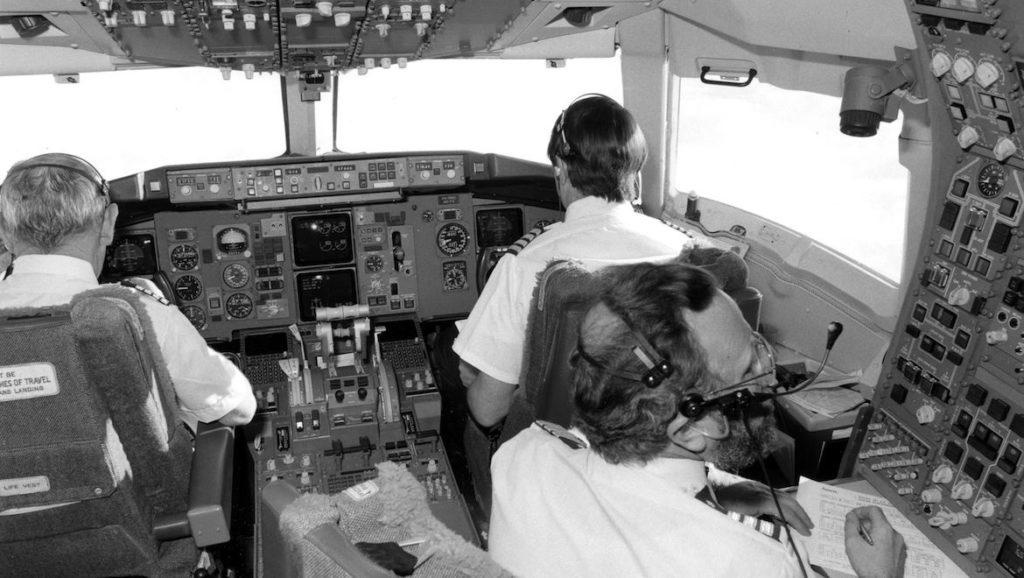
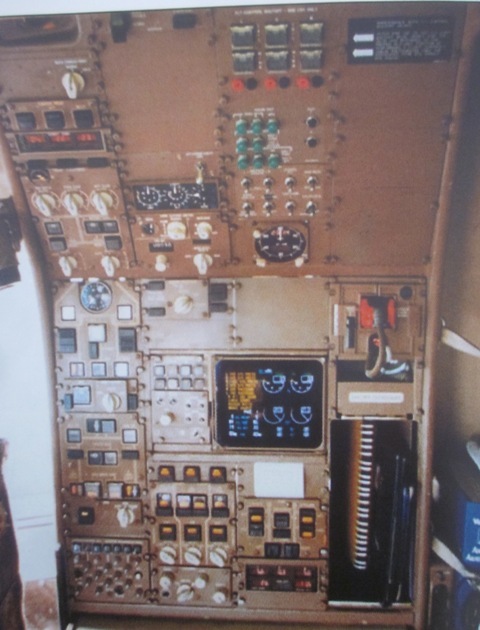
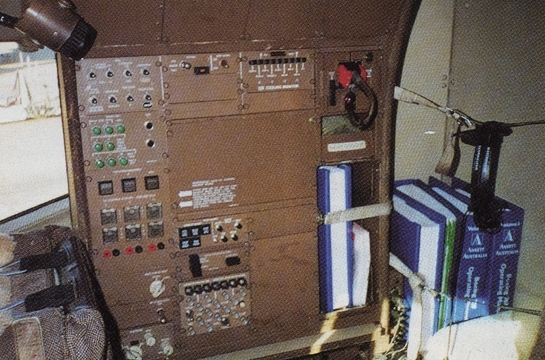
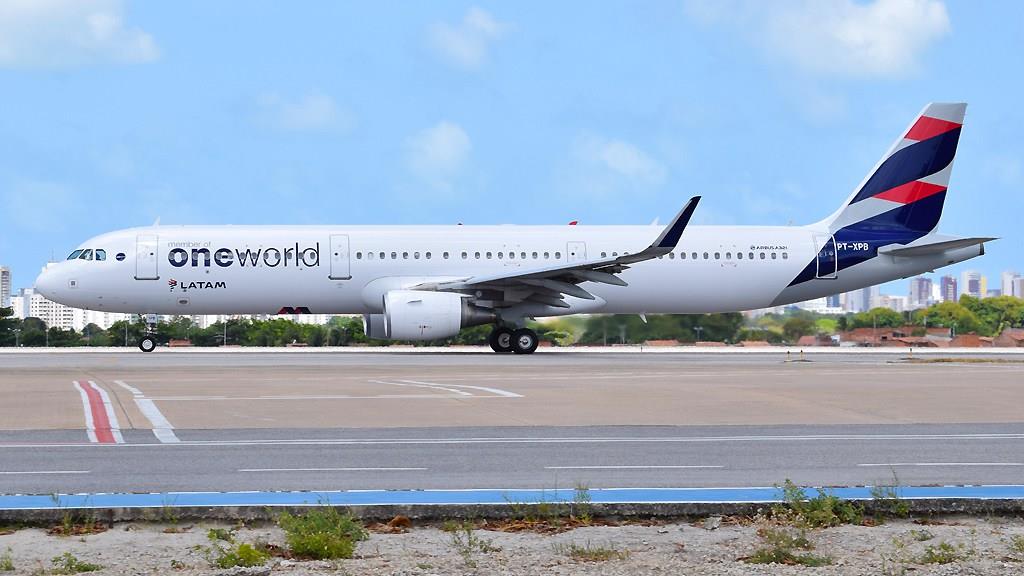

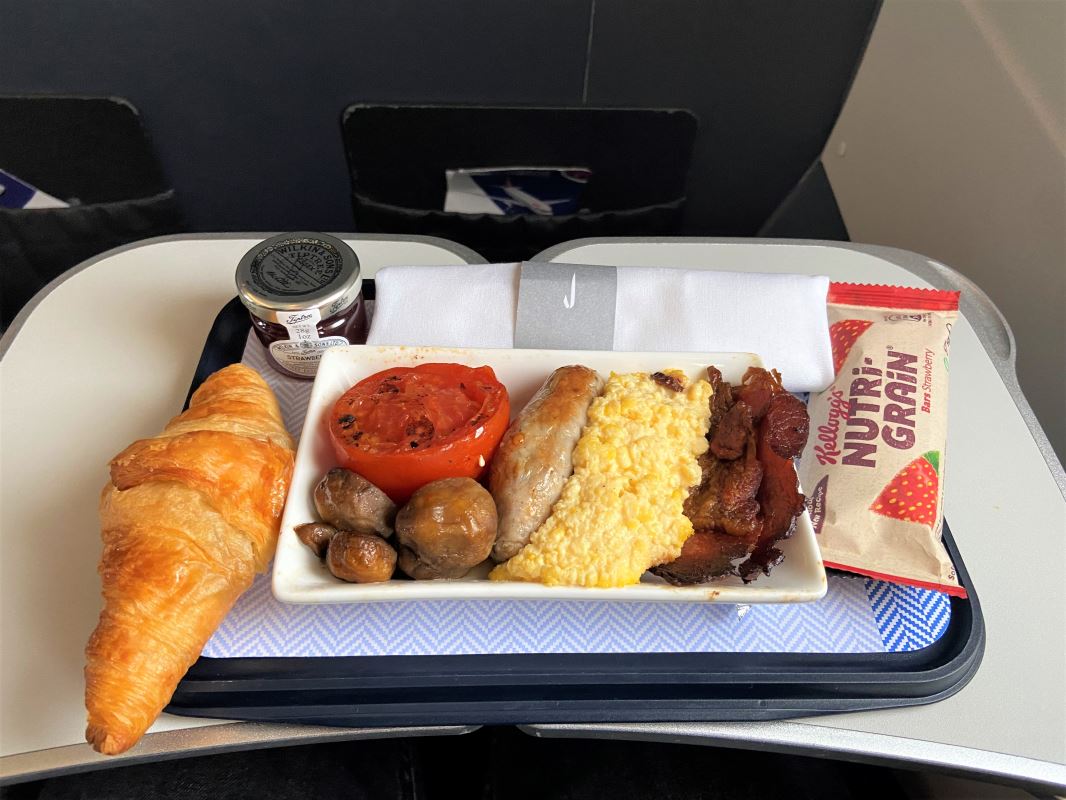

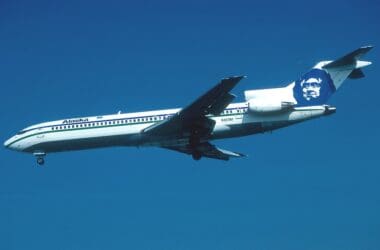
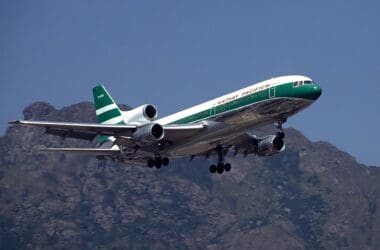
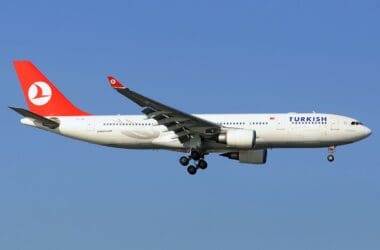
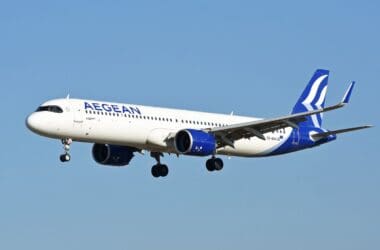
what is the main reason why did they want the 767 to be two cockpits instead of three cockpits?
The main reason was that the union representing the flight engineers in Australia demanded they have it and the airline agreed.
Great article!. There is a really good FAA publication called ‘The Third Man’ which traces the history of the Flight Engineer in the US airline system and how it morphed into a pilot role over time, before disappearing. Australian Flight Engineers were historically PFE (Professional Flight Engineers) not pilots. They came from a maintenance engineering background. This was also true for most (I believe) British FEs.
Thanks very much! I was always under the impression that all flight engineers did it per the Australian way, where they were from a maintenance engineering background. It was surprising to find out not all were like that. Appreciate the tip on ‘The Third Man’ as well. I’ll have to check that out. Thanks for the comment!
“Fiight Detective”; same aircraft, different user – how about the story of Ethiopian Airlines’ order of the 767 freighter with no bathroom facilities?
Well, I certainly wasn’t aware of that! You’d think Boeing would have refused to build it that way. I’ll check it out, thanks for the heads up!